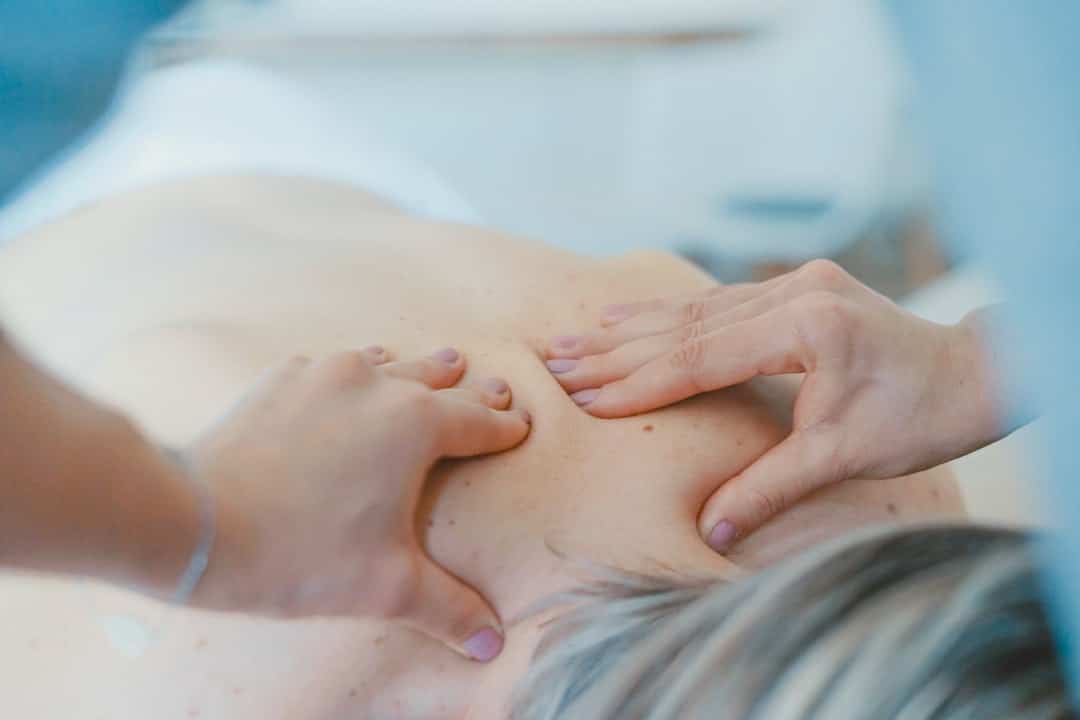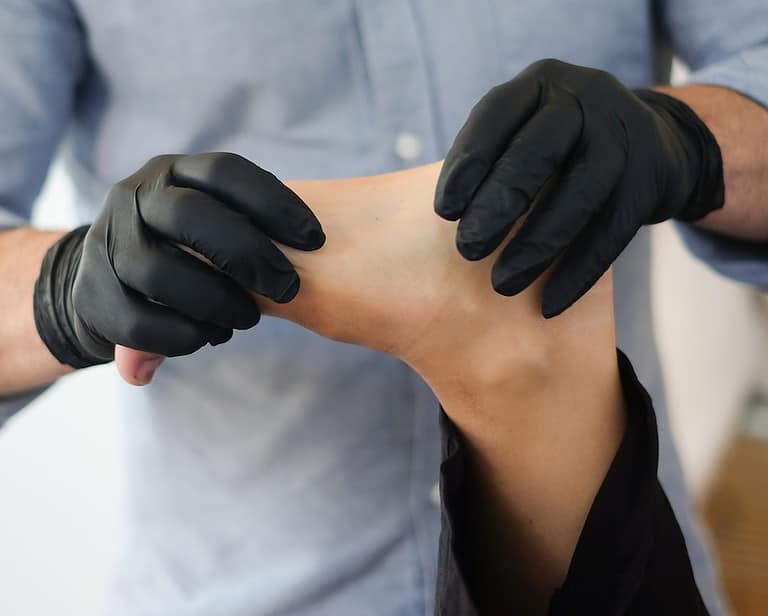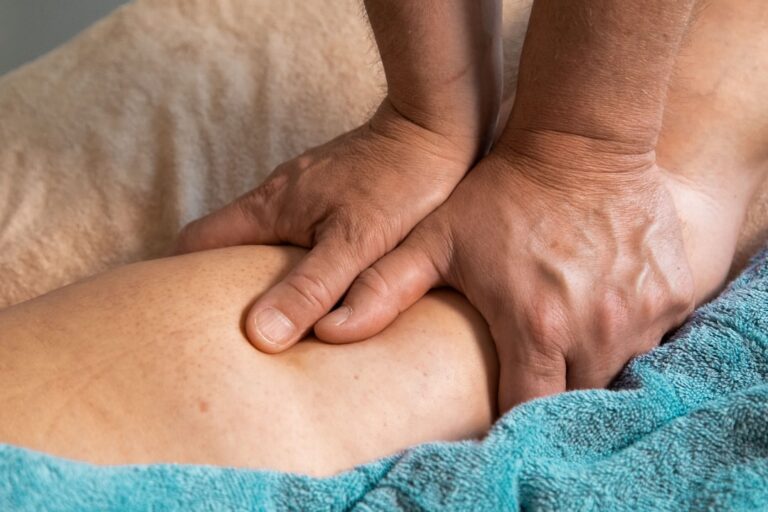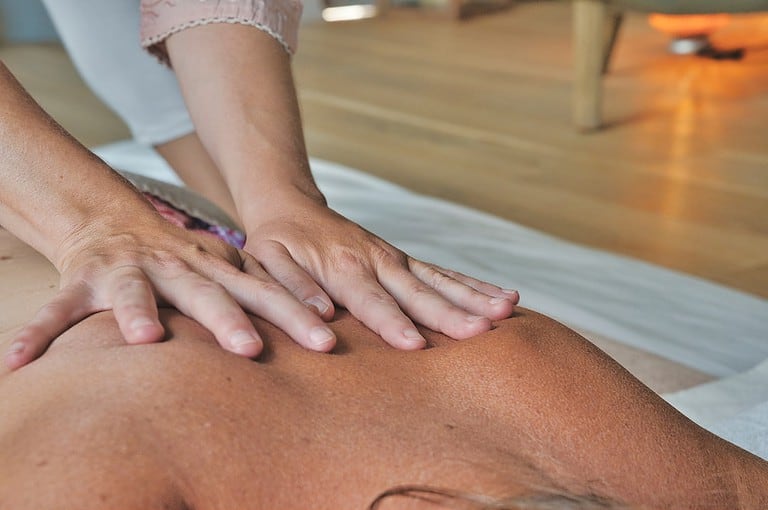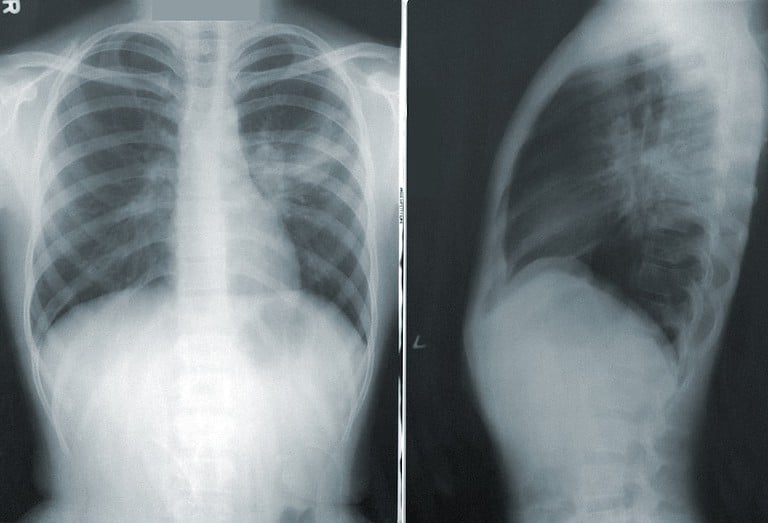Does Respiratory Therapy Still Do Chest Percussion?
Chest percussion is a common medical procedure used to help treat certain conditions. It involves the application of rhythmic vibrations to the chest and back, with the aim of loosening secretions in the lungs that can cause respiratory issues. This treatment has been around for some time now and many people are wondering “does respiratory therapy still do chest percussion?”
The answer is yes – it remains an important part of modern chest physiotherapy for treating various respiratory problems.
In this blog post, we will explore what chest percussion entails, who can perform it, and which conditions benefit from its use.
Does respiratory therapy still do chest percussion? We’ll find out from some of the best respiratory therapists who deliver effective care through chest physical therapy.
Table of Contents
What is Chest Percussion?
Chest percussion is a therapeutic technique used to treat respiratory and other conditions. It involves the use of rhythmic clapping or tapping on the chest wall to help loosen mucus from the lungs, making it easier for patients to cough up and expel. The practice has been around since ancient times, but modern techniques have made it more effective than ever before.
Combining chest percussion with other therapies such as breathing techniques, medications, and oxygen therapy is common with this type of therapy. It can be performed at home by qualified professionals or trained family members.
Benefits of Chest Percussion
The primary benefit of chest percussion is its ability to reduce congestion in the lungs caused by excess mucus buildup due to infection or inflammation. By loosening this mucus, patients are able to cough up more easily, which helps them clear their airways faster.
Chest percussion may also improve circulation throughout the body which can lead to improved energy levels and better overall health outcomes for those suffering from chronic lung diseases such as COPD.
Chest percussion is a type of airway clearance therapy that can be used to improve respiratory health. Only qualified professionals should perform chest percussions so it’s important to understand who can perform this procedure and what type of training is required.
Who Can Perform Chest Percussion?
Pulmonary rehabilitation procedures must be performed by qualified professionals who have received specialized training in order to ensure safety and effectiveness.
Qualified Professionals for Chest Percussion
The most common type of professional that performs chest percussion is a respiratory therapist. Respiratory therapists are healthcare professionals who specialize in diagnosing, treating, managing, and preventing diseases related to the lungs and airways. They are trained in providing various types of treatments such as chest percussion which can help reduce symptoms associated with certain respiratory conditions such as bronchitis or pneumonia.
Other healthcare providers may also be qualified to perform this procedure depending on their level of experience and expertise. These include physical therapists, occupational therapists, nurses, physician assistants (PAs), or doctors with special training in pulmonary medicine.
Training Required for Chest Percussion
In order for a professional to be able to safely administer chest percussion, they must first receive proper training from an accredited program or institution that specializes in pulmonary rehabilitation techniques. The individual should also have knowledge about anatomy and physiology related to respiration so they understand how different parts of the body interact during treatment sessions.
Additionally, it is important to understand how different medications affect patients who are undergoing respiratory therapy. Some drugs can cause adverse reactions when combined with manual airway clearance techniques.
In the next section, we will explore what conditions chest percussion can treat.
Who Can Benefit from Chest Percussion?
Chest percussion is commonly used in treating people with respiratory problems such as chronic bronchitis, cystic fibrosis (CF), asthma, pneumonia, emphysema, tuberculosis (TB), pleural effusion (fluid around the lungs), and atelectasis (collapsed lung).
The goal of this treatment is to help clear out excess mucus that may be blocking airways or causing difficulty breathing.
Chest percussion can also be beneficial in treating patients with non-respiratory issues, including:
- Gastroesophageal reflux disease (GERD) where stomach acid flows back into your esophagus leading to heartburn.
- Postoperative pain management.
- Preterm infant care.
- Dysphagia or difficulty swallowing food or liquids.
- Tracheostomy care after an opening is cut in your neck so you can breathe when you have trouble getting enough oxygen through your nose or mouth alone.
- Bronchiectasis or damage inside your lungs due to the destruction of tissue caused by infection or inflammation.
- Vocal cord paralysis where one side of your vocal cords does not move correctly, resulting in hoarseness or breathiness while speaking or singing.
- Sleep apnea where there are pauses in breathing during sleep due to blocked airway passages often accompanied by snoring.
- Neuromuscular diseases like muscular dystrophy where muscles become weak due to nerve damage caused by genetic disorders.

(Source)
Does Respiratory Therapy Still Do Chest Percussion?
Respiratory therapy is a form of treatment used to help people with breathing problems, such as asthma and chronic obstructive pulmonary disease (COPD). Chest percussion is one type of respiratory therapy that can help improve breathing and reduce symptoms associated with pulmonary disease.
Respiratory therapists are trained professionals who specialize in administering chest percussion. They use specialized equipment to deliver vibrations at specific frequencies and pressures, depending on the patient’s condition. The therapist will also monitor the patient’s progress throughout treatment, adjusting techniques as needed for maximum effectiveness.
There are several alternatives available for those who cannot access respiratory therapy services or prefer not to use them. These include mechanical devices that can be used at home without professional supervision. However, these should only be used under medical guidance due to potential risks associated with improper technique or incorrect settings.
Some patients may also benefit from other forms of airway clearance therapies such as high-frequency chest wall oscillation (HFCWO) or positive expiratory pressure (PEP) masks.
Ultimately, it is important that individuals discuss their options carefully with their healthcare provider before making any decisions about which approach best suits their needs. Proper consideration should be given to the availability and cost of different methods in order to make an informed decision.
Conclusion
Does respiratory therapy still do chest percussions?
While the practice of chest percussion has been around for centuries, it still remains an important part of modern respiratory therapy.
Respiratory therapists are trained and qualified to perform chest percussion as part of their treatment plans for patients with breathing difficulties.
With proper training and experience, respiratory therapists can provide this valuable service to help improve patient outcomes.
Are you or a loved one struggling with respiratory issues? If so, now is the time to take control of your health and well-being. Smart Living Now provides no-fluff wellness and self-care resources that can help you become healthier and more independent.
Our comprehensive approach includes exploring whether chest percussion therapy still works for certain respiratory ailments as part of an overall plan toward better living. So don’t wait any longer – start making smart decisions today to improve your life!

